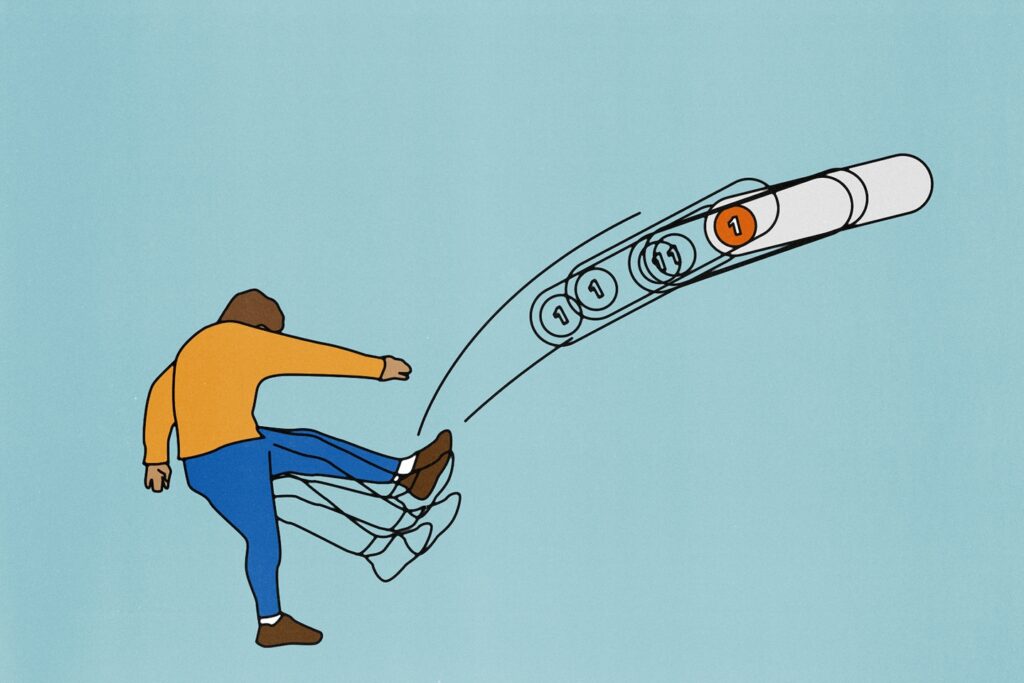Work-life balance is at stake.
With remote and hybrid working and the proliferation of smartphone communication apps, the 24-hour workday has become the uneasy norm. How can we reclaim our personal time and squeeze our work into the 9-to-5 silo?
You'll end up relying on the same technology that's making the situation worse. Here are the best help desk techniques for setting and enforcing boundaries without getting fired.
Set boundaries and stick to them
If you're willing to work after (or before) work hours, people won't hesitate to take advantage of it. The responsibility for saying no and setting healthy boundaries falls on you.
Get caught up in
Stories to keep you up to date
Sometimes we get caught up in the hustle and bustle of daily life and lose sight of that boundary. We wake up and feel pressured to respond to the first email we see, or answer a colleague's question at the dinner table.
Take the time to reassess what you do and don't accept as part of your job. That might mean sharing your goals with a colleague or family member who will hold you accountable. It might even mean setting a phone reminder for yourself to log off or having an uncomfortable conversation with your boss about work-life balance.
You can also communicate your boundaries in your email signature and status messages in work communication apps — clearly stating your working hours, how quickly you usually respond, what you'll do if it's an emergency, etc.
Schedule an outgoing message
Make sure you follow your own instructions: if you don't want to receive messages outside of work hours, please extend the same courtesy to your coworkers.
Whether it's Slack, Teams, email, or text, schedule your messages to be sent at the right time – once workday starts, and ideally at least an hour before. This helps keep all business transactions within work hours. If you need to get a message across at 8am Eastern time, but you're in Pacific time, write it the day before. If you're using a communication tool that doesn't allow for scheduling, set a reminder on your phone for that time. Not only will these methods help you stay on task during workdays, they'll also help keep your messages from getting buried in recipients' inboxes.
Minimize notifications
Once you've communicated your preferences to those around you, use technology to enforce them: Change notification settings on work apps and devices so they don't alert you while you're eating dinner or playing with your kids.
In Outlook, you can set a work schedule, including the hours you work each day, so others know when you're working and when you're not. Messaging apps like Slack also let you set the times you want to receive (or be muted) notifications in their settings. On your device, you can adjust the notification settings for each app, so you can get breaking news alerts but not notifications from your boss. And if you want to shut everything down, you can always turn on focus mode or “do not disturb” mode on your device to completely silence it. If you want to avoid checking work apps, try setting a screen time limit for yourself.
If past notices are piling up and stressing you out, delete them too. To declare notice bankruptcy, follow these steps:
Fill your calendar with buffer time
If you want to make sure no one interrupts you for those precious 30 minutes you spend at lunch, or that your coworkers don't schedule meetings while you're taking your kids to school, add an event to your calendar. That way, if someone tries to schedule a meeting when you don't want to, they'll know you're not available and will choose a time when you can. You can also block off parts of your calendar when you need time to do focused work.
Plan for emergencies
While it may be a good habit to completely disconnect from work when it's time to leave the office, you should still make sure that your manager and other important contacts can reach you at all times by giving them your personal phone number or asking them to send you messages via text or messaging apps like Signal rather than Slack or email. You can also change your settings to make sure they can reach you even when you have focus mode or “do not disturb” mode on.
Be clear about when these contact methods should be used – they're for urgent matters, not tasks that can wait until tomorrow morning's coffee.



